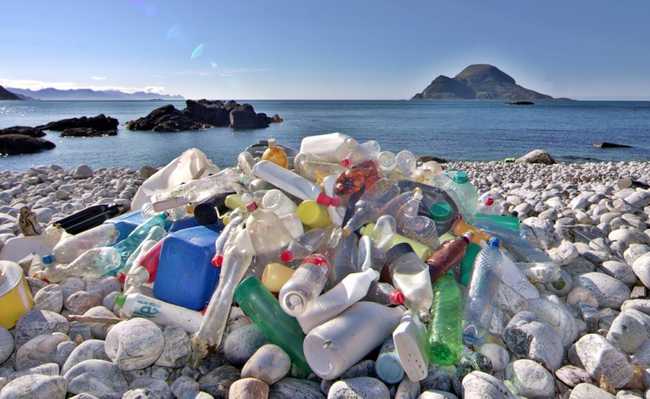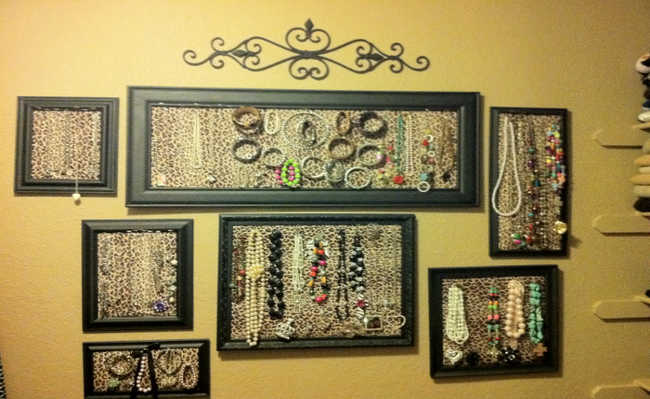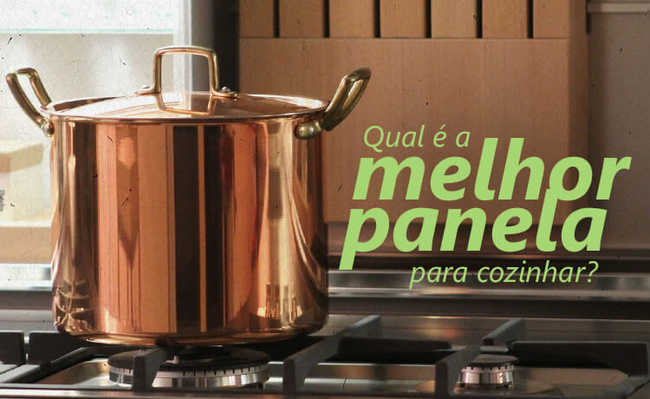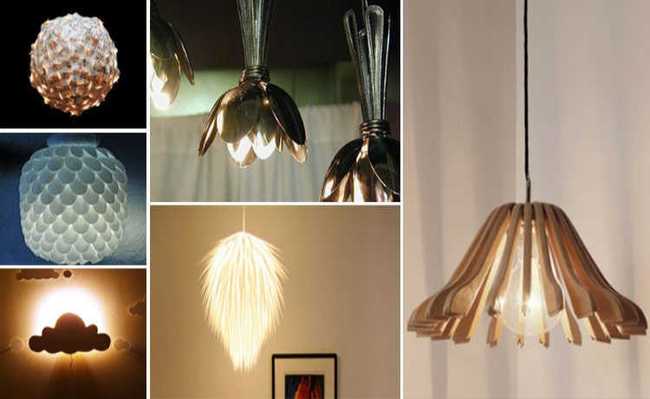Mirror: understand what it's made of and why it's not recyclable
The mirror is a smooth, highly polished surface capable of reflecting light and images of objects, people and animals.

Image: Suhyeon Choi in Unsplash
The mirror is a smooth, highly polished surface capable of reflecting light and images of objects, people and animals.
It is believed that the reflective ability of the water surface inspired the manufacture of the first mirrors. The mirror is a smooth, highly polished surface capable of reflecting light and images of objects, people and animals. In its manufacturing process, the mirror receives a metallic silver layer and rear blades made of aluminum, tin and plastic, a mixture that prevents its recycling.
How did the mirror come about?
According to researchers, the first attempt to produce a mirror occurred in the Bronze Age, around three thousand years BC. Through the polishing of metals and stones, some populations in present-day Iran were responsible for the manufacture of the first mirrors. Far from looking like today's objects, the models from that time reflected the contours of a highly distorted image.
From the 13th century onwards, mirrors were manufactured with greater clarity. The combination made between a layer of glass and a thin sheet of metal was what allowed to clearly reveal the features of an individual. However, these objects were rare and cost too much.
In 1660, the French King Louis XIV appointed one of his ministers to bribe Venetian craftsmen, who possessed an efficient mirror-making technique. This strategy enabled the French to build the legendary Hall of Mirrors at the Palace of Versailles. The gesture was responsible for the popularization of the mirrors.
The cheapening of mirrors, however, only occurred about 100 years later, during the Industrial Revolution. Thus, in addition to having enabled the study of important principles of Geometrical Optics, mirrors started to be used in decoration areas, with utilitarian purposes or just to reflect images.
What is a mirror made of?
The process of manufacturing a mirror starts with cleaning and polishing a glass surface and involves chemical reactions that provide the formation of elements such as metallic silver, necessary for the glass to become a mirror. Cleaning the glass is divided into two stages, the first with ordinary water and the second, deeper, with demineralized water, that is, free of mineral salts.
After the cleaning process, the glass receives a metallic silver layer, which is formed through chemical reactions involving silver nitrate, which adheres completely to the surface. This is one of the most important phases of the process, as this is where the glass becomes reflective. In the last step, a machine sprays black paint behind the glass surface, protecting the mirror from corrosive action. Then, drying takes place, which is done in a gas oven at a temperature of 90 °C.
To rule out the possibility of corrosion, another layer of black paint is applied behind the mirror surface. This time, the glass is subjected to a temperature of 180 °C.
Why are mirrors not recyclable?
Despite the high recycling potential of glass, not all types of glass can be reused or recycled. In general, glass made up of different substances or manufactured using its own techniques makes the recycling process very laborious, costly or even impossible to carry out. Because it receives a metallic silver layer in its manufacture and has rear blades made of aluminum, tin and plastic, the mirror is not recyclable. In addition, if it is disposed of with other recyclable materials, the mirror can cause accidents to workers in selective collection cooperatives.
- Learn more in the articles "How to dispose of broken glass" and "Are all types of glass recyclable?"
To carry out the correct and safe disposal of mirrors, check the gas stations closest to your home in the free search engine at eCycle portal. Another tip is to consult the manufacturers of your mirror. According to reverse logistics, they are also responsible for supporting the disposal of products.
Sources: History of the Mirror and How is a Mirror Made?










